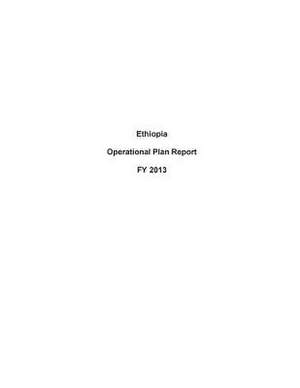Ethiopia Operational Plan Report Fy 2013
Autor United States Department of Stateen Limba Engleză Paperback
Preț: 173.17 lei
Nou
Puncte Express: 260
Preț estimativ în valută:
33.14€ • 34.24$ • 27.57£
33.14€ • 34.24$ • 27.57£
Carte disponibilă
Livrare economică 26 februarie-12 martie
Preluare comenzi: 021 569.72.76
Specificații
ISBN-13: 9781503193673
ISBN-10: 1503193675
Pagini: 528
Dimensiuni: 216 x 279 x 27 mm
Greutate: 1.21 kg
Editura: CREATESPACE
ISBN-10: 1503193675
Pagini: 528
Dimensiuni: 216 x 279 x 27 mm
Greutate: 1.21 kg
Editura: CREATESPACE
